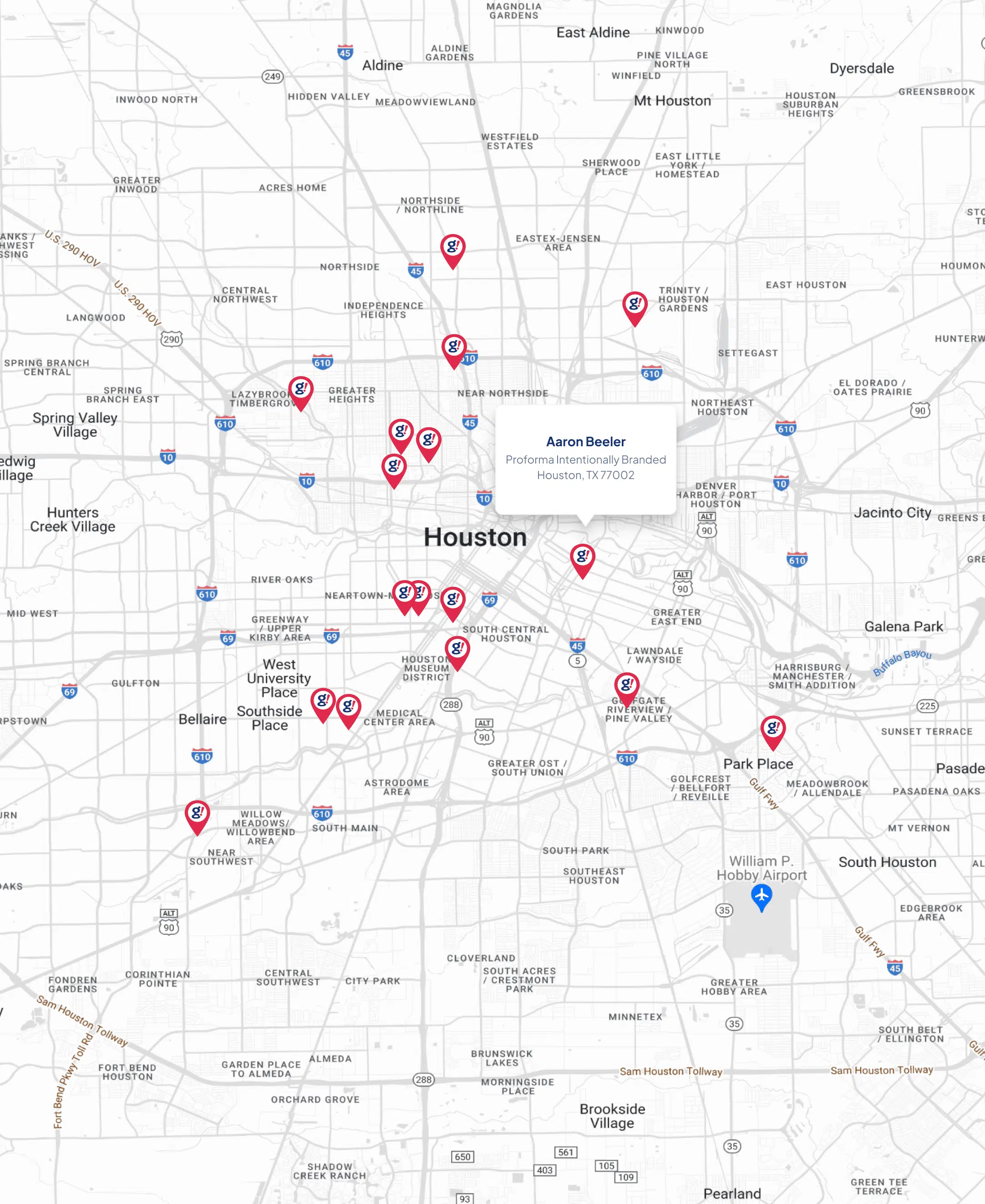Internal Linking: SEO Strategy You MUST Pay Attention To
- Updated on: 2019-03-13
- Read original article here

Internal Linking: SEO Strategy You MUST Pay Attention To
by Kelly Kirkham SEO Leave a comment
Many website owners think of search engine optimisation as a strange magic. It sometimes works and sometimes doesn’t. So what if we told you that there was a better way? Learn how to untangle your internal links to create a clear, concise sitemap for web crawlers and site visitors.
Link building is, hopefully, a strategy that every website works towards achieving. Why? Well it’s a great way to add credibility, direct website visitors, and determine legitimacy within search engines. This works in two ways: outgoing and incoming. Let’s look at the difference:
Types of Links
Outgoing Links
This type of links are anywhere in your website’s content. Often your blog will link to important information or to cite sources when discussing newsworthy items. These are to help your readers either learn more information or trace an idea back to the original statement.
Incoming Links
Incoming links are like SEO gold. They are on other websites that link back to your own. They establish crucial credibility when Google bots crawl through the internet. These can be tough for newer websites and take a little more work than outgoing links.
But wait, there’s an often overlooked link that you may not understand: internal links.
Internal Links
Odds are that you haven’t been told much about the importance of internal links . It’s not your fault – they are just often overlooked as an integral part of a website’s structure. Internal links take your website visitors from one page to another within your larger site. Internal links are super-uber important for three reasons:
Navigation
Internal links help users find their way around your website. It can lead from an opening attraction to a form or newsletter signup page. They can also help your users find the most important information, like contact info. Also, if your page doesn’t offer these internal links, then crawl bots don’t know where to go and your page ends up stranded link an inhabited island. This leaves your site unranked, unindexed and unavailable on search engines.
Establish Hierarchy
Within your website, your pages are ranked in an order of importance. Your home page sits at the top, and the other pages fill in the ranks below. Often, your internal links will lead back to a “comprehensive page”, which establishes an authority that search engines can then follow. Crawl bots will recognise the importance of a higher ranked page and lead more traffic to that part of your website.
Share the SEO Love
This third, and lesser known point, can help your website become well rounded in terms of promotion. If you happen to notice that one of your web pages is getting all the love while others are left in the cold, you can set up internal links to help spread the attention. Nobody likes the middle child on a website – so internal links can help each page get its deserved promotion.
Internal links now sound pretty important right? They are. So how do you make the most of this helpful tactic? Let’s take a look below.
Create Your Own Narrative With Hub Pages
You are a digital marketer – your job is to tell stories, create a narrative, or as Sherlock Holmes would say, a logical chain of events. Your website should do the same and hub pages are just the trick to get it done.
You don’t want your website to be throwing clues around all over the place (to continue our Holmes metaphor) – your site visitors aren’t invested enough to solve the mystery. Instead you want your website to be laid out like a perfectly cohesive map. One point to the next and so on. This is where you need to double check your internal links. Make sure that your website is structured like a pyramid, with the hub pages at the top, and then by clicking links, users can funnel their way through to the foundation of the triangle.
This way, if someone travels to your website say through a Google search – they will start at the top of the pyramid and work their way towards content. This also works in reverse! If a site visitor locates your through a blog post on social media, they can funnel their way back up the chain for the meat and potatoes of your website.



